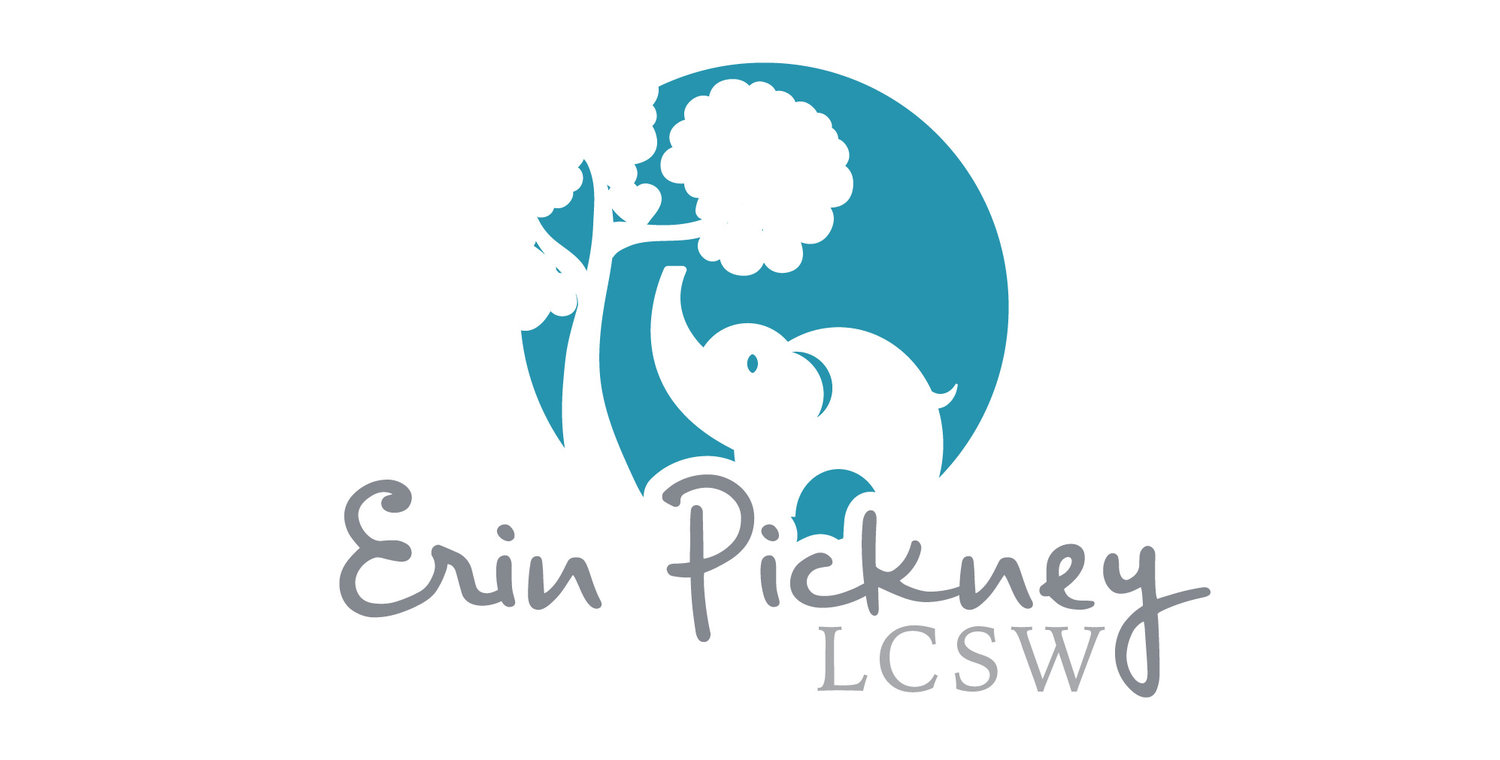Tips for Coping with Anxiety: Distraction
Sometimes anxiety pops up at the most annoying moment. It may not be overwhelming, but it’s totally distracting from what you need to do. Perhaps you’re working on a project for work or trying to get things done around the house, but your anxiety is causing you to feel like you’re all over the place. You can’t focus on what you’re doing and you haven’t been able to make any substantial progress. Or maybe anxiety popped up in the midst of a difficult conversation. You know it’s not helping you navigate things, but you don’t know what to do with it.
So, what do you do to manage your anxiety? How can you cope when it feels like all you can do is be in it? One way is to use distraction. Healthy distraction doesn’t mean following the tangential thoughts in your brain away from one anxiety-inducing thing to another. It also doesn’t mean taking your anxiety out on the person closest to you in the moment. It doesn’t mean avoiding the anxiety altogether, either. Healthy distraction is a tool to connect with the logical/rational side of the brain, which can slow down the emotional response and allow you to use other skills to manage your anxiety.
What does healthy distraction look like? A great example might be taking a moment to step away from the task you’re working on to play a logic or math-based game such as Sudoku. It could also look like counting backwards from 1000 by 7s or working through the multiplication tables above the ones you had to memorize in third grade. Some people do better with things like the Six Degrees of Kevin Bacon or other memory and logic games. The idea is to choose some sort of low-pressure activity that engages your brain in something logical that also has very little to no emotion connected to it. This helps bring balance to your brain and pull you out of emotion mind. It will also allow you to move to a clearer head space for problem solving.
An important thing to remember is that distraction is not meant to make an anxiety-provoking situation go away entirely. It is a way to manage your anxiety so you can get to a place that allows you to be more productive. Although there are some times where a high anxiety situation will resolve itself and distraction helps you get through it (say, riding in a car going over a very high bridge), there are also many times when the cause is still something that has to be addressed. Using distraction in that situation creates space to address the issue calmly and in a way that promotes the best possible outcome.
It’s also important to remember that distraction should only be used enough to ride out the emotion. You could easily distract yourself all the time, but that wouldn’t end up being very helpful because whatever you’re distracting from will still be there. The goal is to distract enough to get through the emotional wave, but not so long that you forget to solve the problem.
